Initial release date 1985 | Engine Custom | |
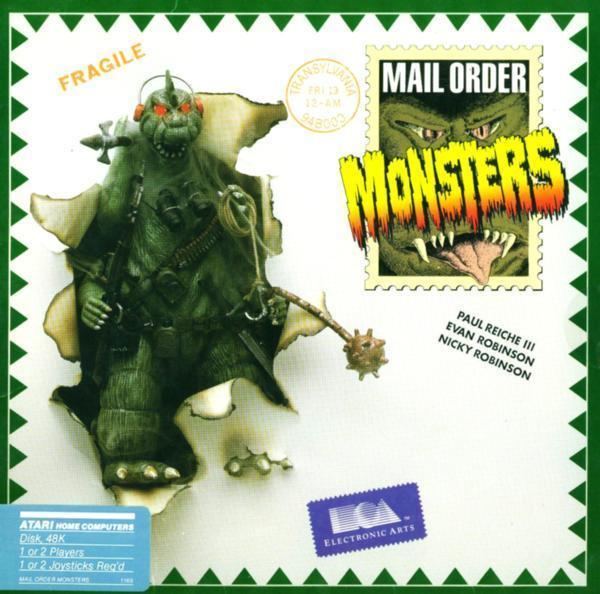 | ||
Mode(s) Single-player, multiplayer Similar Ariolasoft games, Strategy video games | ||
Mail order monsters c64 ea 1985
Mail Order Monsters is a 1985 action-strategy computer game created by Paul Reiche III, Evan Robinson, and Nicky Robinson. It was published by Electronic Arts (Ariolasoft in Europe) for the Commodore 64 and Atari 8-bit family home computers. Players create monsters, which they can use to battle multiplayer or against computer-controlled opponents.
Contents
- Mail order monsters c64 ea 1985
- C64 longplay mail order monsters 720p
- Gameplay and design
- Reception
- References
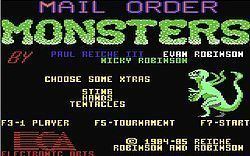
C64 longplay mail order monsters 720p
Gameplay and design
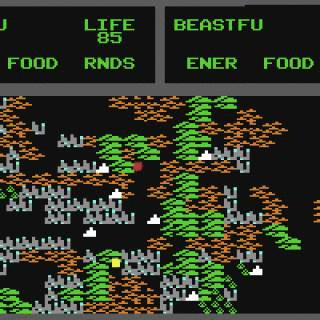
The players create a variety of monsters and equip them with futuristic and modern weapons to do battle. Monsters can be further customized through buying special abilities, such as adding tentacles to use advanced weaponry. Two players can fight against each other, play capture the flag, or compete for a high score against a computer-controlled horde. In single-player mode, the computer controls an opponent to fight. Battles take place on various different maps that can have tactical effects, such as mountains for agile monsters to hide behind during combat. Monsters can be stored on diskette and can be upgraded by victories against other monsters or computer opponents.
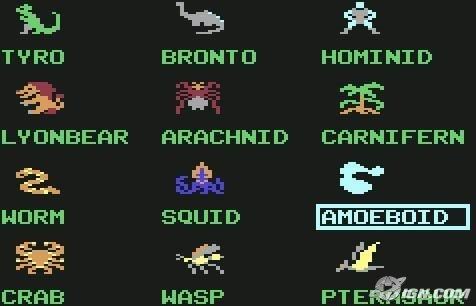
Reiche had previously worked with designers Jon Freeman and Anne Westfall of Free Fall Associates on the game Archon for EA. The game was originally envisioned as dark and gritty, but Electronic Arts forced them to use a more whimsical style.
Reception
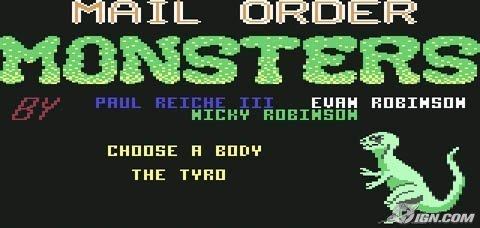
Ahoy! stated that Mail Order Monsters was a "very good game" that did not reach "true excellence" because of insufficient combat tactics, and suggested that it was best for younger players. Writing in Vintage Games, Bill Loguidice and Matt Barton identify it as a precursor to the Pokémon series. In a retrospective, Levi Buchanan of IGN said that although he would love to see a remake, any new version, updated to suit modern gamers, would necessarily have to diverge from what made the game unique in 1985.
